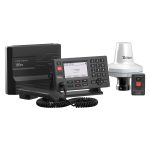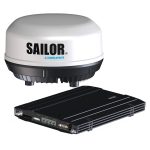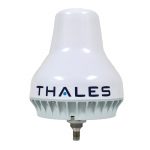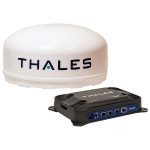Companion”ship”: Why L-Band Is Critical For Hybrid Communications In Maritime
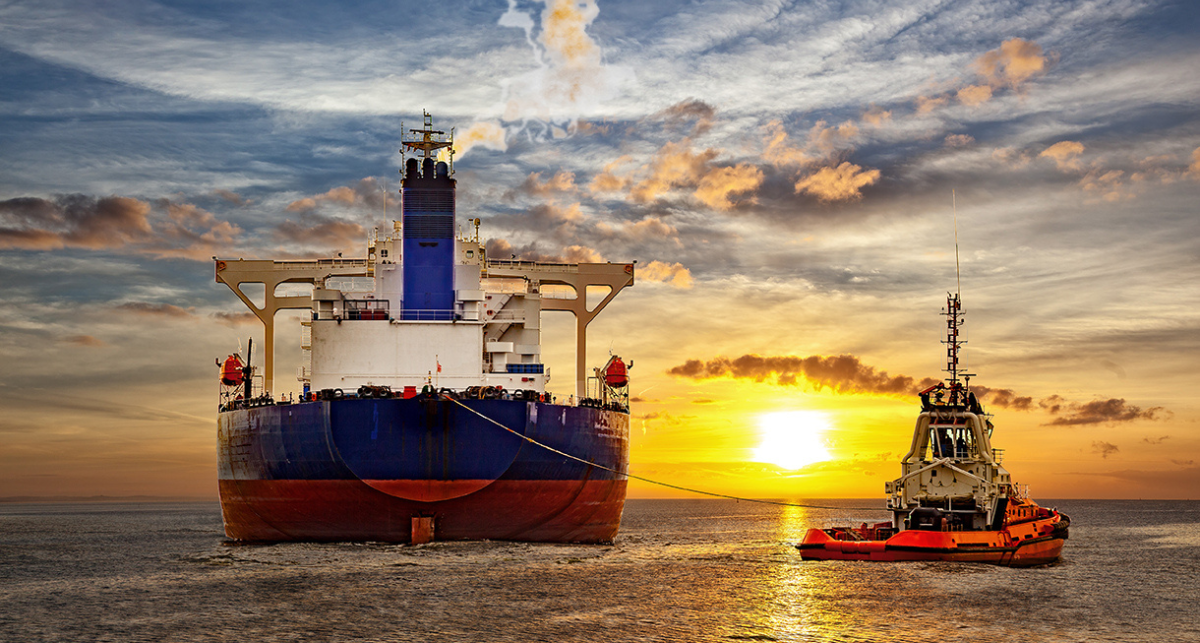
The maritime industry relies heavily upon a vessel’s ability to communicate while at sea. Whether it’s to report its position, conduct maritime operations, arrange for shore services, or even raise distress alerts, mariners need bespoke and reliable communications solutions. With over 70% of the planet covered by oceans and no mobile networks at sea, seafarers have only one reliable option if they want to communicate during voyages: satellite networks. Understanding what types of satellite networks are available, how they differ, and what is the optimal choice are key questions for modern mariners.
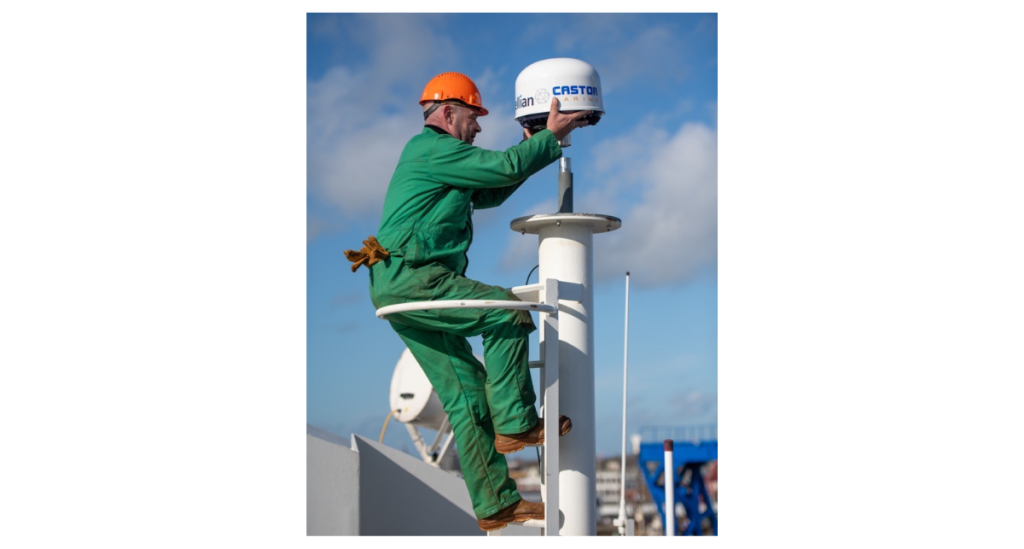
Intellian C700 install
Satellite Bands: A Primer
An increasingly common trend for ocean-going vessels is the adoption of hybrid connectivity solutions, which are a combination of different satellite networks working together to ensure consistent and reliable connectivity. These hybrid solutions take advantage of the benefits offered by each network to create a reliable service that meets the needs of ships’ crews while at sea. The most heavily used satellite bands for mariners are based on L-band (1 to 2 GHz), and either Ku-band (12-18 GHz) or Ka-band (26 to 40 GHz) radio frequencies.
Each frequency band has unique advantages and disadvantages; however, Ku and Ka share similar characteristics. Ku and Ka-bands are higher frequency bands that offer wide bandwidth and faster transfers, allowing more data-demanding applications both for ship’s business and crew welfare. However, Ku and Ka are more susceptible to loss of service due to inclement weather, line-of-sight blockages – particularly for service from geostationary satellites, smaller service areas and restrictions on usage in and around certain major ports.
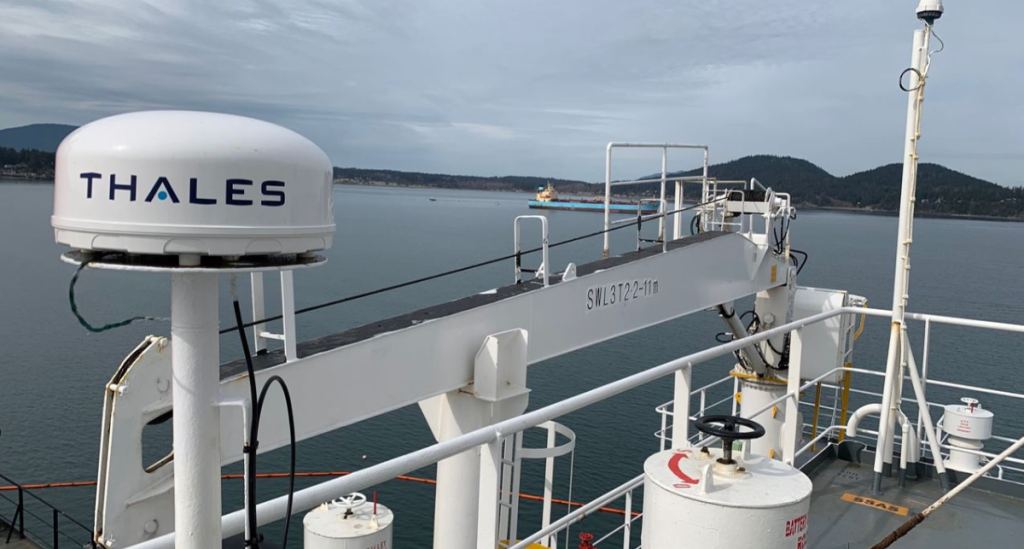
Thales VesseLINK 700
Being higher in frequency range means Ku and Ka-band services are delivered through shorter radio waves that can be more easily scattered due to rainfall and other atmospheric moisture. This can result in outright loss of connectivity, or severe service degradation for extended periods of time.
Line of sight blockages are a recurring challenge for these satellite systems, especially when considering the location of the satellites in orbit and position of the vessel at sea. Geostationary satellites, aligned with the Earth’s equator, orbit over 36,000 km from the earth and face increasing connectivity challenges the further north or south a vessel sails. In these cases, either the vessel’s superstructure, dockside buildings, and cranes surrounding a ship can block or reduce signals. This is different from some Low Earth Orbit (LEO) satellite networks that are only hundreds of kilometers from earth, amongst them, one of which – Iridium – provides truly global connectivity.
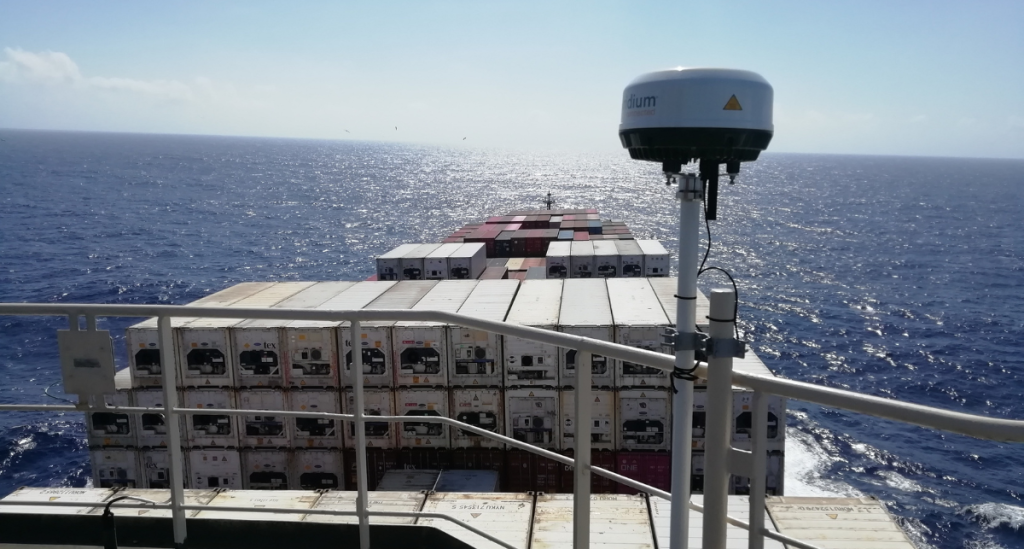
Cobham SAILOR 4300
Very small aperture terminal (VSAT) services can be further restricted by some national regulations, mandating that Ku or Ka-band antennas onboard must be disabled when either alongside or near to shore to prevent local interference to land-based radio systems. These additional issues must be factored in when planning a fleet hybrid communications solution.
Connectivity Companionship
Despite the advantages that Ka and Ku-band present, there is a clear need for a companion service resilient to their limitations for safety, compliance, and a ship’s business continuity. This makes L-band satellite networks a critical component of any hybrid connectivity solution. As L-band is lower in frequency compared to Ka and Ku-band, its wavelengths are longer, enabling continued connectivity during inclement weather. It also works at the world’s top ports, where other services may be restricted, blocked or otherwise unavailable. And, if the right network is chosen, provides service everywhere on the planet. The trade-off for vessels is that L-band cannot match the broadband speeds of Ka and Ku-band systems. However, its dependability and reliability are vastly superior. In fact, L-band is used to transmit groundbreaking scientific data and videos from hurricanes at sea.
L-band remains the primary network for maritime safety and security services, including distress alerting or notifying authorities of a pirate attack. The International Maritime Organization (IMO) mandates that all Safety of Life at Sea (SOLAS)-class vessels have L-band-based regulatory equipment and services onboard.
Iridium’s Maritime Bona Fides
Iridium has a long history of providing IMO-certified and regulated solutions for the challenges that mariners experience. In 2020, the Iridium® Global Maritime Distress and Safety Service (GMDSS) was launched— providing the first truly global, satellite-based maritime distress system with the Lars Thrane LT-3100S system. Iridium GMDSS integrates Long-Range Identification and Tracking (LRIT) and Ship Security Alert System (SSAS) regulatory services into a single satellite terminal, and is the only satellite network that covers the entire planet, from pole-to-pole. A year earlier, in 2019, Iridium launched its Iridium Certus® service, which swiftly established itself as the companion service of choice for the modern maritime industry.
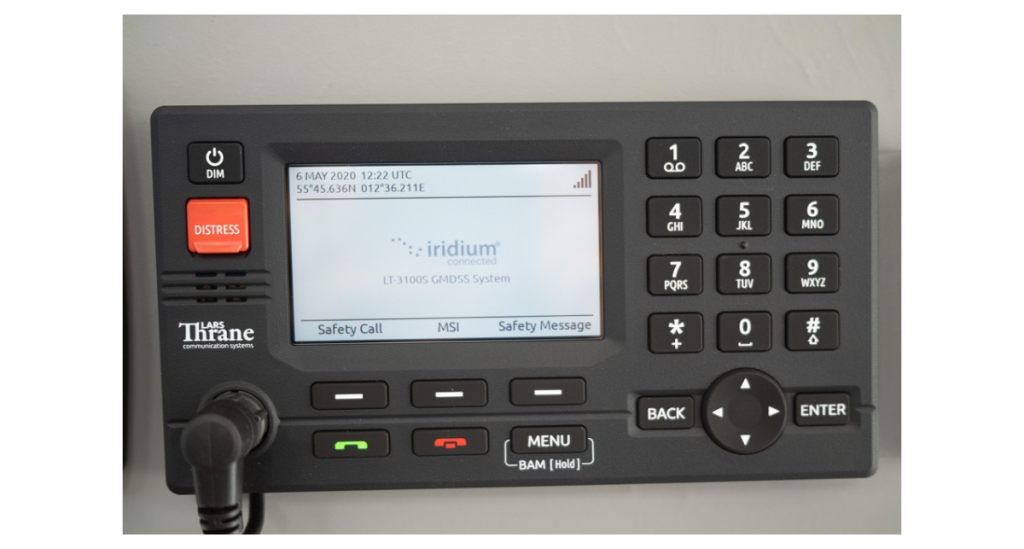
The Lars Thrane LT-3100S GMDSS System
Through its ecosystem of globally-recognized partners, there is a suite of Iridium Certus terminals built for ships at sea, such as the Thales VesseLINK 700 and 200, Intellian C700 and C200M, Cobham SAILOR 4300 and Lars Thrane LT-4200. These ruggedized, weather-resilient terminals with solid-state antennas operate on the Iridium Certus 700 specialty broadband service and give mariners the confidence they can reliably stay connected, anywhere in the world. In the fourth quarter of 2024, Iridium expects to launch Iridium GMDSS services on Iridium Certus across a range of satellite terminals. As per existing Iridium GMDSS services, Iridium Certus GMDSS terminals will be all-in-one—combining GMDSS, LRIT, and SSAS services plus companion communications for a vessel.
TL;DR
As discussed, each frequency band has both advantages and disadvantages. The maritime industry understands that the modern business of shipping relies upon well-connected vessels regardless of their location or weather. Connected vessels rely upon high-speed access provided by Ku and Ka-band for both business operations and crew welfare. However, a more resilient and reliable link is needed for critical operations, safety and security. L-band is the de-facto maritime standard for satellite communications, and the logical and dependable companion to Ku and Ka-band systems. Iridium is that critical companion link enabling reliable connectivity globally for the maritime industry.
Learn More
- Go here for all things Iridium maritime safety and security and contact us.
- Learn how the Iridium Network operates and its advantages in this animation.
- Get the three-module Iridium GMDSS Academy curriculum.


